

Paul Maric
This Tesla self-drove me 50km to Bunnings on its own (almost)
5 Days Ago

News Editor
The CX-9 is being supplanted as Mazda’s flagship SUV by the CX-90, but the brand doesn’t expect the new vehicle to be quite as high-volume a vehicle in Australia.
“CX-90 is probably around the 100, 125, 150 range [per month], and again we can do more,” said Mazda Australia managing director Vinesh Bhindi.
“CX-90 is going to be where the big hard work for us is because that is at the top end, the flagship, but we think we’ve got a very good proposition on the table.”
Those targets would put CX-90 volumes at between 1200 and 1800 units annually.
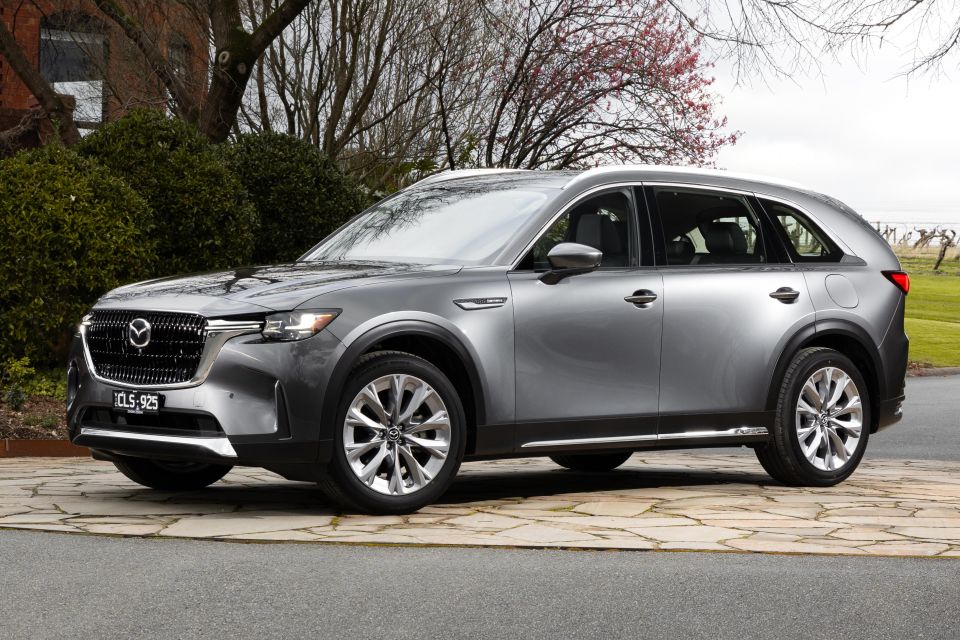
For reference, Audi sold 1205 Q7s last year, Lexus sold 1352 RXs, Volkswagen sold 1222 Touaregs and Volvo sold 1258 XC90s.
Mazda expects petrol-powered models to account for 60 per cent of sales, and for GT variants to account for 48 per cent of sales.
The base Touring is expected to be the next most popular variant with a forecasted mix of 31 per cent, followed by the Azami (12 per cent) and Azami with the optional SP or Takumi packages (9 per cent).
“To do an apple-to-apple comparison, CX-9 we do about 500 a month, CX-8 we do about 500 a month, give or take,” said Mr Bhindi.
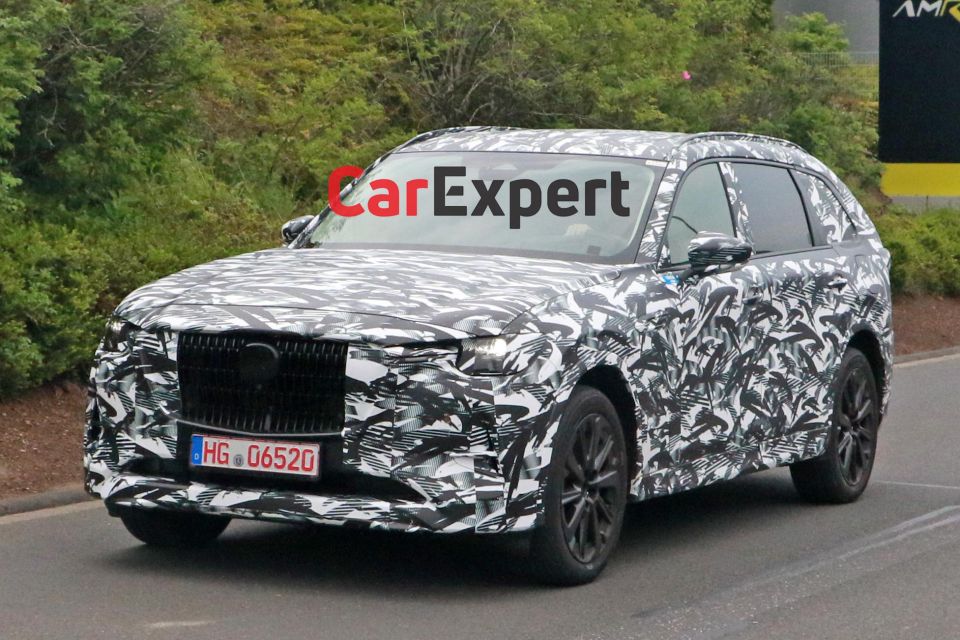
“But you’re replacing it with more choices, so we expect there will be a bit of a spread and that’s why we believe a comparison of CX-9 to CX-90 is probably incorrect.
“What we end up with is more choices, in more configurations, and more variety of powertrains and grades.”
While the CX-9 will leave local showrooms this year, Mazda will still have the CX-8 as a more affordable three-row SUV, with the CX-80 – effectively a three-row version of the CX-60 – also confirmed for our market.
Mazda isn’t expecting all CX-9 owners to upgrade to the CX-90.

“You would imagine that the preference would be towards the CX-90 as the flagship model,” said Mazda Australia national marketing director Alastair Doak.
“Maybe some will go back down to a CX-8, but it is a back down because of the size and even the badge number.
“CX-80 will arrive as well, and that will be an interesting option and certainly wouldn’t be a backward step in any sense.”
Mazda wouldn’t confirm what specific vehicles it had benchmarked in developing the CX-90, but it sees it as a rival for a vast range of luxury brand models.

“Just like CX-60, the CX-90 opens up new possibilities for our customers, giving them a viable Mazda alternative to the established luxury manufacturers and an exceptionally attractive value proposition,” said Mr Bhindi.
It’s therefore pushing even further upmarket than the CX-9, which was positioned more as a rival for the likes of the Toyota Kluger and Nissan Pathfinder.
“I know we’ve compared this car to CX-9 a few times, but [the CX-90] is not a direct replacement for CX-9,” said Mr Doak.
“But there are many compelling reasons why an existing CX-9 customer may want to step up to our new flagship.”
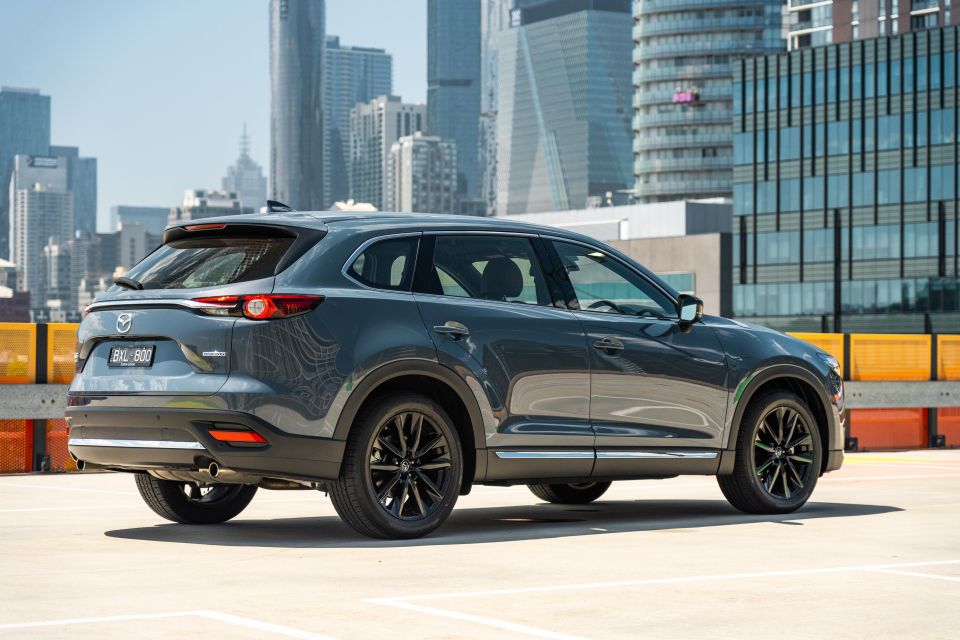
Mazda sold 320 CX-9s in July, and has sold 3702 thus far this year. That makes it the best-selling large three-row crossover, narrowly ahead of the Hyundai Santa Fe (3576 sales) if still some way behind the Toyota Kluger (5971 sales).
The company boasts that, despite its age, the CX-9 has remained popular in higher trims.
“It has remained pretty buoyant at the higher-end product, and certainly mid-grade and higher is certainly the predominant seller for CX-9 which is very nice at this point of its life,” said Mazda Australia national marketing manager Alastair Doak.
It has therefore bucked the trend of being predominantly sold in low-spec grades after an initial burst of excitement from buyers for high-spec models.
The popularity of up-spec CX-9s could, therefore, bode well for the popularity of the CX-90.
MORE: Everything Mazda CX-90
Where expert car reviews meet expert car buying – CarExpert gives you trusted advice, personalised service and real savings on your next new car.
William Stopford is an automotive journalist based in Brisbane, Australia. William is a Business/Journalism graduate from the Queensland University of Technology who loves to travel, briefly lived in the US, and has a particular interest in the American car industry.


Paul Maric
5 Days Ago
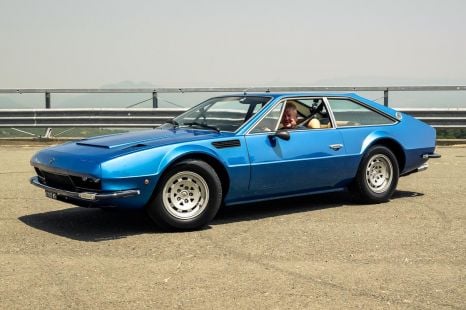

Anthony Crawford
4 Days Ago


Max Davies
3 Days Ago


James Wong
2 Days Ago


James Wong
1 Day Ago
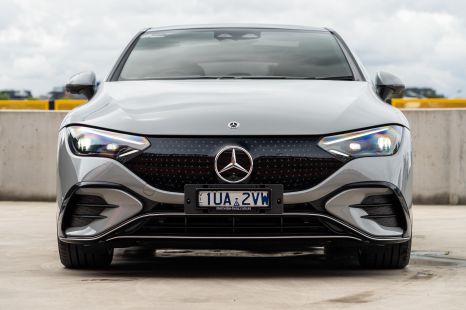

Damion Smy
18 Hours Ago